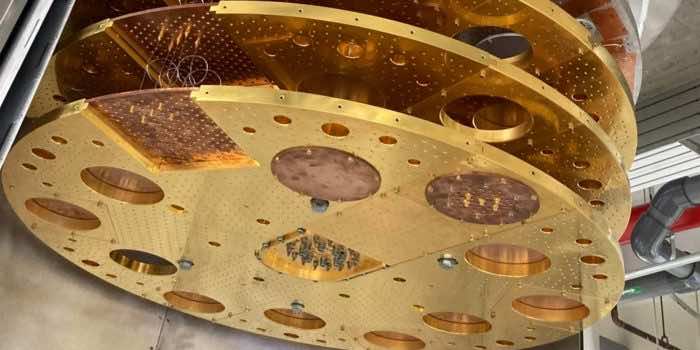According to a blog published by the firm on Thursday, IBM has built a super-fridge called the project Goldeneye that can cool future generations of quantum experiments and that surpasses the issues found in today’s dilution refrigerators.
“Goldeneye is a testament to the fact that a small team of people armed with passion and dedication can move a seven-ton “mountain” of steel and electronics,” read the blog.
“The super-fridge contains 1.7 cubic meters’ worth of experimental volume, meaning it can cool a volume larger than three home kitchen refrigerators to temperatures colder than the outer space, versus previous fridges, which are in the range of 0.4-0.7 cubic meters.”

The IBM team managed to successfully cool the fridge down to operating temperature (~25 mK) and wired a quantum processor inside. And, the device will now move to the IBM Quantum Computation Center in Poughkeepsie, NY, where a new team of researchers will explore large-scale cryogenic systems for future applications.
“We hope that its innovative design, with an eye toward ease-of-use, will inspire the next generation of vacuum and low-temperature refrigeration technologies,” engineers said in the blog.
Goldeneye comprises an all-new construction of the frame and cryostat and a modular design which made prototyping, assembly, and disassembly a much easier lift for just a team of four IBM engineers.
“Most dilution refrigerators in use today require a team of operators to function properly, but Goldeneye’s fully automated system includes a specially designed jib crane that could one day allow even a single person to run the fridge — which can be monitored remotely with the help of an open-source visualization platform,” added the engineers.
“After just three years from project inception to our recent 25 mK milestone, we were able to perform one final characterization exercise: we put a qubit chip inside. This test demonstrated the performance of Goldeneye through the eyes of a qubit by measuring qubit frequencies and coherence times — how long they can retain quantum information,” further noted the engineers.


